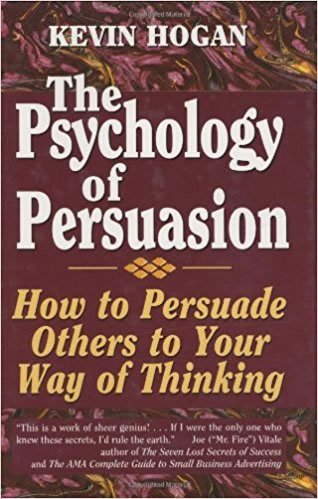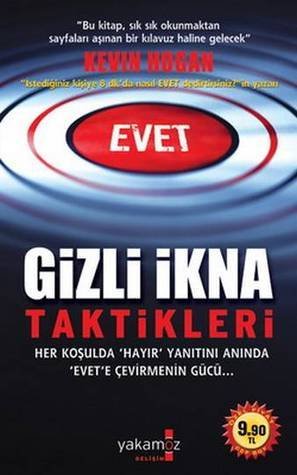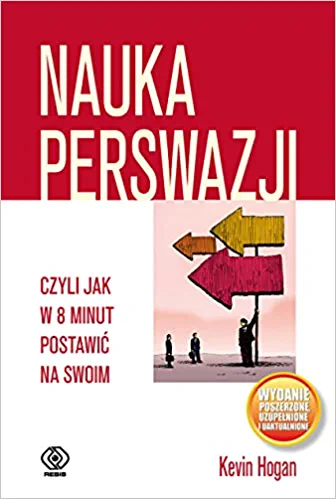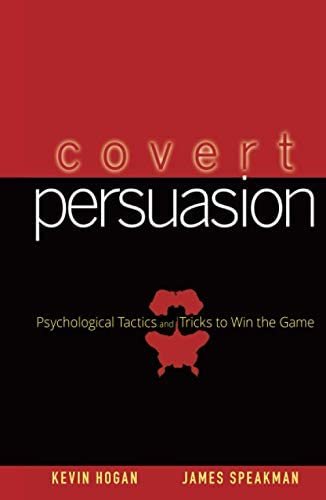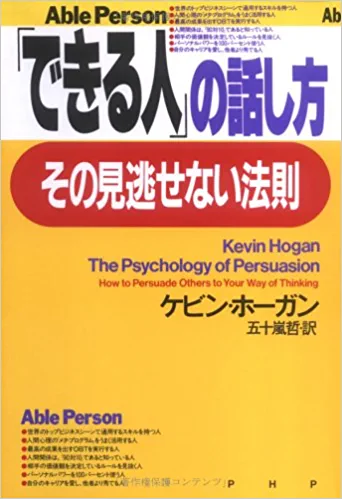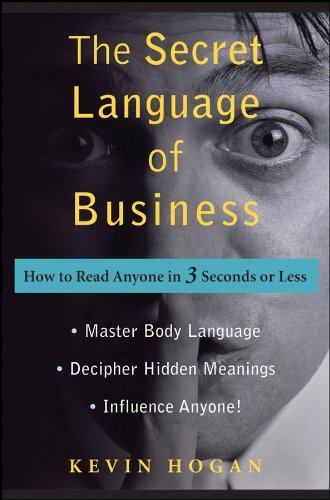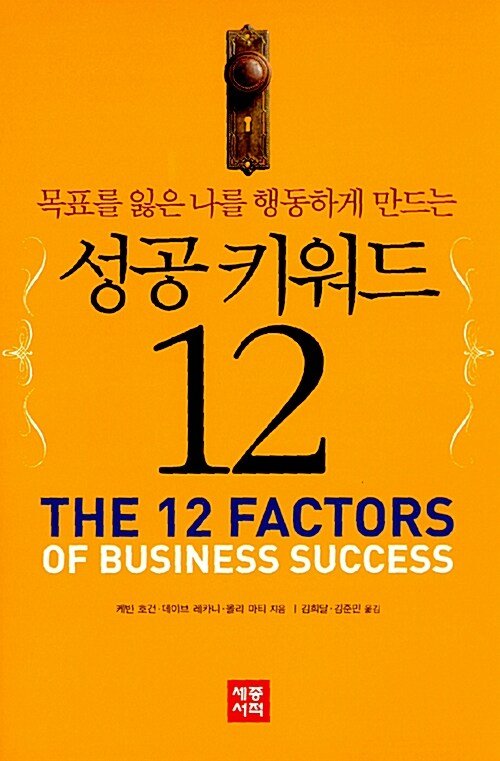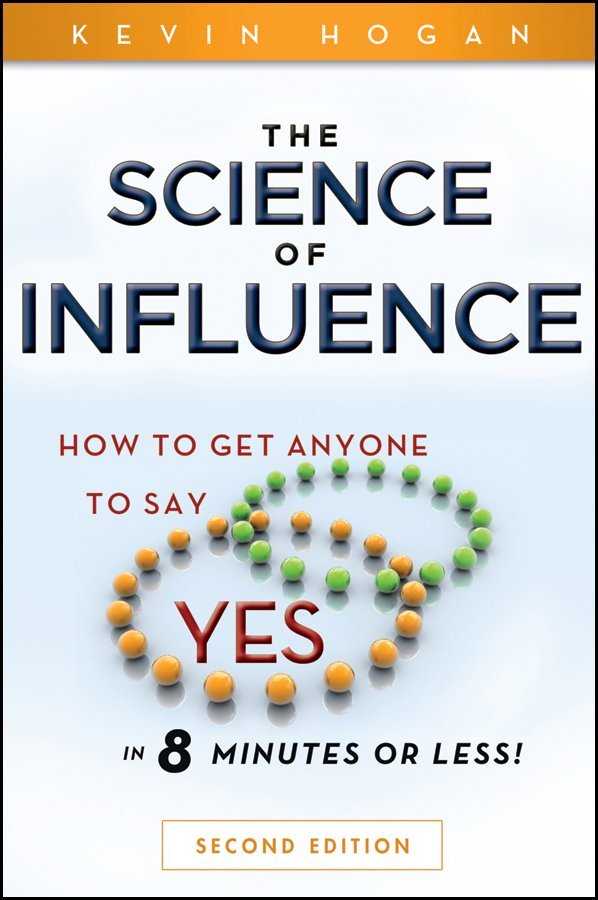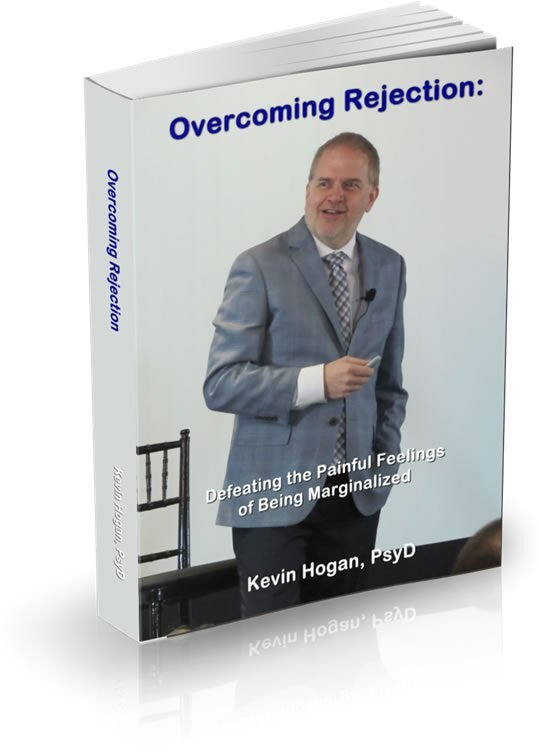Tough Customers
Customers From Hell: 5 Ways to Tame Them
The old cliche was that salespeople were slick. But these days, many buyers are slicker. An advanced course in spotting their tricks…and closing the deal. by James Morrow (Reprinted with permission – article appeared in the November 1998 issue of Success)
There once was a time when a sales rep could waltz into an office, make a pitch, and, if all went well, stroll out happily, order in hand.
That era is over. “Gone are the days of the slam-dunk, ‘Press hard, the third copy is yours’ sales calls,” says Kevin Davis, author of Getting into Your Customer’s Head: 8 Secret Roles of Selling Your Competitors Don’t Know (Times Books, 1996).
“Instead, because customers are more demanding and because many products are more complicated than ever, you’ll probably have to make five or six visits before you finally close a deal.” And all those additional meetings mean that many more opportunities can arise for the prospect to try to wangle a better price, force different terms, wriggle out of commitments, and generally knock you and your team off balance.
Here are some of the most common games that customers pay – and how to win.
CUSTOMER GAME: The Silent Treatment
Ever notice how, when there’s a lull in a conversation, everyone suddenly starts chattering at once in a frantic attempt to fill the void? “This happens because, in general, Americans hate silence,” says Rolling Hills Estates, Calif.-based sales psychologist Donald Moine, Ph.D. It’s not surprising, therefore, that one of the most effective things a customer can do to make a salesperson come down in price is to say…nothing at all!
This strategy works because very often it will cause a sales rep to rush headlong into a series of lowered offers in hopes of breaking the silence and starting a dialogue. But this “trick” is sometimes just a defense mechanism, says Kevin Hogan, Ph.D., author of Psychology of Persuasion (Pelican, 1996):
“Many people feel that their only protection against saying yes is saying nothing.”
In other words, the deal isn’t dead simply because the cat got the customer’s tongue.
WINNING STRATEGY: Embrace the Void
Hard as it may seem, you must put a mental straitjacket around yourself and silently count to at least 10, resisting the urge to blurt out something you’ll regret later (like the offer of a lower price).
Use the “quiet time” to collect your thoughts. Bonus: You’re deflecting the discomfort to the source by fighting silence with silence.
That’s what Bob Taylor did when, as a distributor for a video-production house, he went into a prospect’s office and found the prospect sitting at his desk making a chain of paper clips, ignoring him to the point of being rude. Taylor, now president of Sales Counselors, a Glenview, Ill. – based sales-training consultancy, didn’t proceed with his sales pitch.
“Instead, I sat there quietly until the other guy became so uncomfortable that he finally looked up and started talking to me,” he recalls.
“By the way, do you know what he said?” continues Taylor.
“He told me that my competitor had been in there earlier that same day and delivered a canned sales pitch while he pointedly ignored him. He was just testing to see how I’d react!”
CUSTOMER GAME: Good Cop, Bad Cop
If you’re an insomniac, you’ve seen this aproach dozens of times on the late movie. A suspect is hauled into an interrogation room, where he sits under a hot light and is grilled by a pair of detectives with polar-opposite personalities.
The tough guy hammers at him mercilessly, stopping occasionally to scowl, while the “nice” one repeats the questions in a calm, reasonable tone, lulling the suspect into complacency just long enough to enable him to get his bearings, when wham! The “bad” cop lets loose with another wallop. Finally, the catpive breaks down and tells all.
Sound familiar? You’ve probably encountered a similar, albeit more subtle, scenario if you’ve ever had to pitch a proposal to more than one person at a time.
People being people, they generally don’t agree on everything, so, whether your prospects have planned it that way or not, at least one of them is bound to rain on your parade with a perfectly timed interjection of, “Hey, what about…?” or “I’ve heard better…” just when you think they’re ready to sign on the dotted line. Whatever the sticking point, the effect is the same, says Moine:
“They put you on a merry-go-round that winds up wasting your most valuable asset – your time – and as a result you’re willing to give up an awful lot just to close the deal.”
WINNING STRATEGY: Don’t Confess; Address
Frustrating as it may be when that “bad cop” customer threatens to scuttle your seemingly done deal, fight the urge to cave in to his demands, advises Hogan.
You’re actually in a much stronger position than you realize:”If more than one person from your prospect’s company is willing to take the time to listen to your proposal, then they need what you have to offer.
“Fortified with this knowledge, you must next determine whether to direct your energies toward your ally (the “good cop”) or toward your adversary.
“Remember, you’ve already sold the good cop,” says T. Scott Gross, author of Outrageous!: Unforgettable Service, Guilt-Free Selling (Amacom Books, 1998).
“So it’s a waste of time to try and convince him of something he already believes.” You can, however, follow up with him after the meeting and recruit him to plead your case or pick his brain about the best ways to bring the naysayer around.
That, of course, presumes that the “good cop, bad cop” reaction to your pitch was unplanned.
But what if your gut tells you the actors are actually in cahoots, deliberately playing these roles to upset your equilibrium and gain the upper hand? “To win this game, you must manipulate the rules,” says Perry Buffington, Ph.D., a syndicated newspaper columnist and author of the book Cheap Psychological Tricks (Peachtree, 1996).
“Turn your back on the bad cop. Don’t even make eye contact, or you’ll give him control of the situation and allow his negativity to prevail.”
Example: the bad cop says the price is too high. Instead of trying to appease him by lowering the price, you turn to the good cop and reply, “There is no better value for the money.
“Keep answering this way, and you’ll throw them off their game while simultaneously reiterating everything that’s irresistible about your offer.
CUSTOMER GAME: Sticker Shock
A close cousin to the Silent Treatment, this is a ploy in which purchasing agents, in an attempt to get you to drop your price, offer up an Oscar-winning display of sticker shock – that is, they wince, shake their heads, and fold their arms as soon as they hear your quote.
“This is a really effective trick on the part of customers,” says Hogan. “It communicates on a nonverbal level that they are terrified of the price and absolutely need you to lower it before they proceed any further.
Most salespeople fall into this trap by immediately lowering their number.”
WINNING STRATEGY: Show Complete Confidence
When you quote your asking price, do so with no hesitation or equivocation in your voice, says Orvel Ray Wilson, a certified speaking professional and coauthor (with Jay Conrad Levinson and Bill Gallagher) of Guerrilla Selling (Houghton Mifflin, 1992). If you sound the least bit unsure, you’ll send the message that there is room to negotiate, and that is an open invitation to games of all sorts.
Instead, toss off the number “with the same inflection you would use if someone just asked you for the time,” says Wilson.
Can’t get that big number to trip effortlessly off your tongue? Practice giving your sales pitch to your associates – and do so with the asking price doubled. After a while, you’ll actually begin to think your product sells for, say, $200 instead of $100.
“Once you’ve gotten used to justifying your poduct at twice the asking price, you’ll feel as if you’re giving people a bargain when you cut that number in half,” says Wilson.
Confidence is contagious, Hogan points out, and if your prospect feels that you’re comfortable with what you’re asking, he’ll feel comfortable paying it.
CUSTOMER GAME: Selective Hearing
People often hear only what they want to hear, says Hogan, and nowhere is this truer than where money is involved.
“When you offer a customer a price on something and he takes some time to think it over, that’s when selective hearing or selective memory often sets in,” he explains. Result: You’ll find yourself sitting on the other side of the bargaining table from someone who’s claiming you’ve offered something completely different from what you know you pitched – which puts you in a bind.
The last thing you want to do (besides lose the sale) is have to call your customer a liar.
Ralph R. Roberts often has this problem. As the president of Ralph Roberts Real Estate in Warren, Mich., and author of Walk like a Giant, Sell like a Madman (HarperBusiness, 1997), Roberts deals with literally hundreds of individuals a year, some of whom, come closing day, say they remembered the terms of the deal as being different.
This puts him in the position of having worked hard to assemble a deal, only to have it threatened with disaster at the last minute by a customer’s trying to weasel another quarter point out of the bank.
WINNING STRATEGY: Ask the prospect – nicely – to prove it
Your only choice now is to beat the customer at the smoke-and-mirrors game. Act surprised.
Then look the prospect straight in the eye, and ask him to tell you when you made the offer he is claiming. “Get really specific,” says Hogan. “Ask when you said it, where you said it, and in what context.
“The point is to pressure him while not seeming to pressure him by taking the attitude that you are investigating yourself.
If he still insists on the questionable price (or terms, or whatever), you need a new tactic.Turn around and offer something that fits the deal he wants, but make sure it’s something you can live with, too.
“If you were selling cars and someone said you quoted him a price of $18,000 on a certain model that really costs $20,000, you can say, ‘Well, you can have this stripped-down version for that price.
By taking the product the customer actually wanted off the table, says Hogan, you’ll make him want it more – and likely cause him to drop his objection.
CUSTOMER GAME: The Bait-and-Switch
A favorite tactic of unscrupulous sellers, this classic is becoming increasingly popular with purchasers as well.
It usually works like this: You think you’ve come to terms on a deal to sell your customer 100 widgets at a certain price, and you’re ready to sign the paperwork.
Then, when the big day comes, the purchaser announces that he wants the order in increments of 25, spread out over four years – but at the same price.
For the salesperson who may have spent weeks constructing the deal – or has already spent the expected commission check – this is a nightmare.
And that’s exactly what the customer wants.
Sadly, in cases like this, it won’t matter how well you’ve done your homework, how fully you’ve explained the product, or how completely you’ve prepared the memo of greement, says Wilson.
Some people just like to quibble, simply to see whether they can get a better deal – and maybe a negotiations “war story” to share back at the watercooler.
WINNING STRATEGY: Say yes, but attach a few strings
Your best response is to accede to whatever your customer wants, says Wilson, only for a price.
“Tell them you’d be happy to acccommodate them but that it will mean a higher shipping cost or a change to the terms of financing or an extra handling fee, whatever.” Whether or not the customer drops his unreasonable demands (and he probably will), you come out a winner.
Now that you’ve had a look into the playbook of your difficult clients, it’s time to go out and put the strategies into action.
Used properly, these tactics will not only close the deal but also tell your customers, “Game over.”
Mirror, Mirror
People are subconsciously put at ease when you copy their behavior and body image.
When you’re trying to win someone over, your influence consists of more than just the words you say.
Body language is critical; it offers you an extra opportunity to sway how others feel about you and your products.
One of the best and simplest ways t use it is through the technique of “mirroring”, says Kevin Hogan, author of Psychology of Persuasion. That entails making your prospect feel something in common with you by positioning your body in the same way he or she does.
How do you accomplish this? If he has crossed his left leg, cross your left leg. If he is resting his head in his hand, follow suit. This is a powerful tactic that says to the other person, “I’m just like you.”


